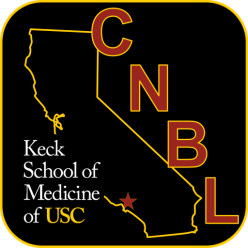
I seek to understand the relationships between the musculoskeletal morphology of terrestrial vertebrate animals (including humans) and the biomechanics and neural control of locomotor performance. I address questions geared towards understanding the in-vivo dynamics of individual muscles, the influence of musculoskeletal architecture on muscle function, and the links between limb morphology, whole animal locomotor performance and habitat utilization. Using a comparative approach, I integrate a number of research techniques including in-vivo muscle-tendon measurements, musculoskeletal modeling and computer simulation, and whole animal biomechanics to examine how animals have evolved to move and maneuver through their natural environments.

Animals live in complex habitats and in addition to steady speed locomotion they must perform a variety of non-steady locomotor tasks. For example, the ability to change speed quickly, turn or jump can have direct implications for evolutionary success. The mechanical demands of such tasks can differ greatly and the musculoskeletal system must be able to meet these demands. I ask research questions such as: How do individual muscles contribute to different locomotor tasks? How is mechanical output modulated in limbs with different morphologies? How do habitat use and musculoskeletal specialization influence how animals modulate performance? These questions have proven challenging to answer due to the complexity of vertebrate musculoskeletal systems. Limb muscles exhibit a wide range of architectures, span one or more joints, and multiple muscles combine to produce the net force experienced by joints. My research program addresses these types of questions by examining muscle function on multiple levels from fascicle strain and tendon force, to joint mechanics, limb mechanics and ultimately whole animal performance in an ecologically and evolutionarily relevant framework. In addition to providing basic scientific knowledge about the in-vivo time varying properties of muscle tissue and the evolution of musculoskeletal systems, the results of my research have implications for understanding human musculoskeletal impairments and treatment strategies.

My research program also explores how individuals adapt to compensate for traumatic lower limb loss. While prosthetic technologies exist that enable individuals to participate in a range of sports and even compete at elite athletic levels, relatively little research has been done to understand how the neuromuscular system adapts to these devices. By studying sprint mechanics in elite level Paralympians, my research examines the extremes of mechanical and neurological adaptation, which provides valuable insights into the limits of the neuromuscular plasticity.
